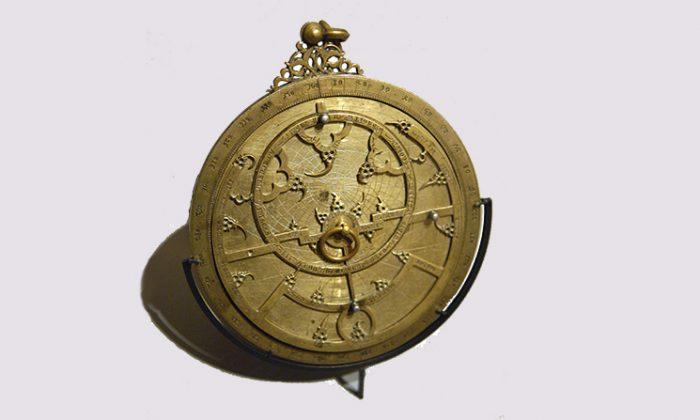An archeological company investigating a Portuguese shipwreck has recovered what is believed to be the earliest navigation tool ever found.
The device, called an astrolabe, was used to sight the height of the sun to determine the ship’s latitude, or distance from the equator.





